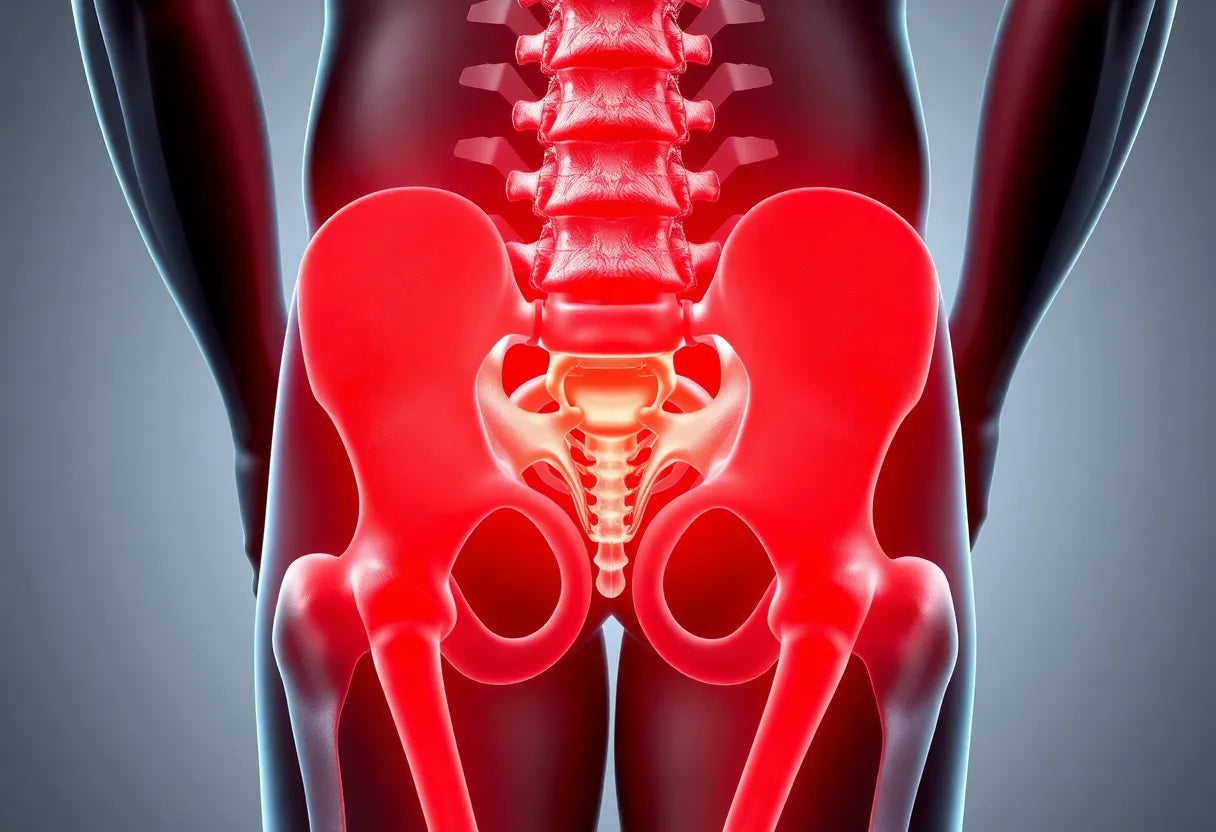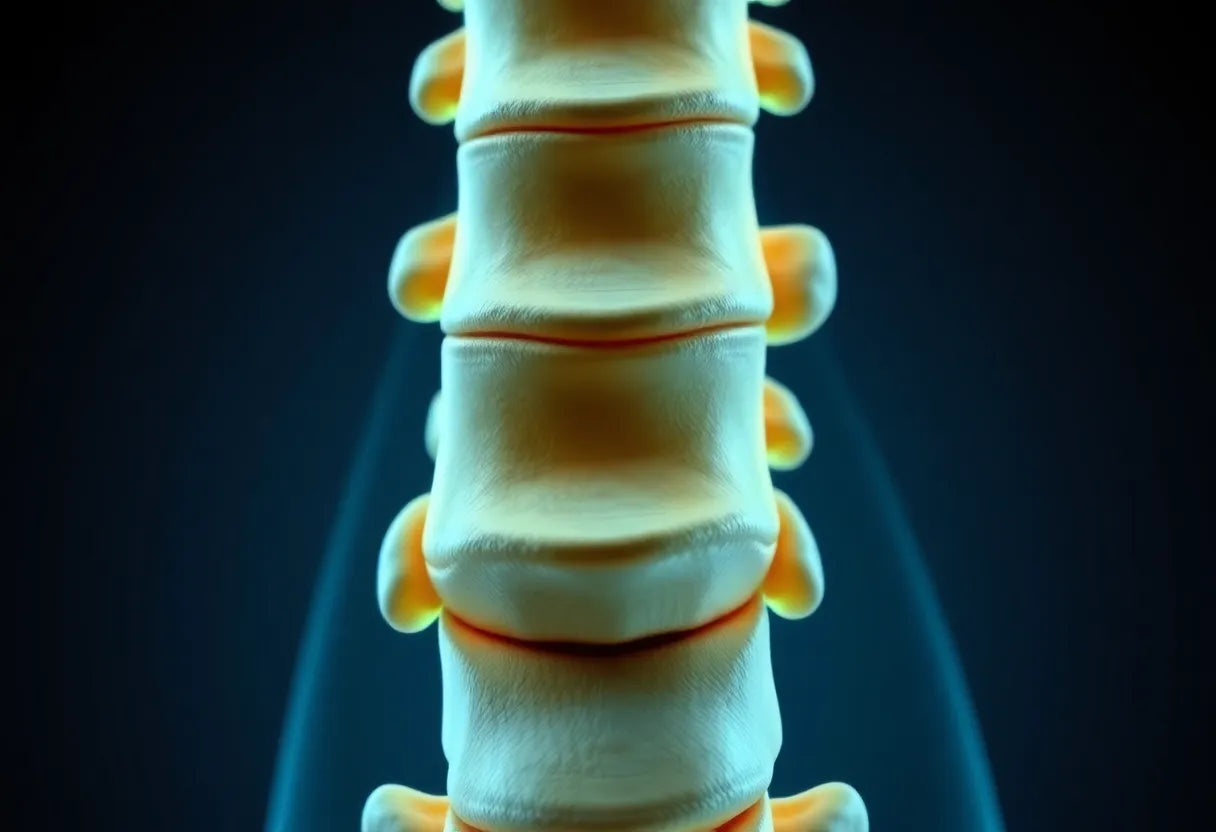Sciatica is a condition that many individuals face, characterized by pain that radiates along the sciatic nerve, which extends from the lower back down through the legs. This discomfort can significantly impact daily life, leading to pain, reduced mobility, and a decrease in overall quality of life. The prevalence of sciatica is notable, affecting a wide range of people, from those with sedentary lifestyles to active individuals. As such, finding effective, non-invasive treatments is crucial for managing symptoms and improving daily function.

Lumbar support belt
Lower back support belt for stabilisation and adjustable pain relief—ideal for sciatica, herniated discs, and leg pain.
One of the most effective ways to address sciatica symptoms is through targeted stretching exercises. These stretches aim to relieve nerve compression, reduce muscle tension, and enhance flexibility, offering a proactive approach to managing and preventing flare-ups. Stretching exercises not only provide relief from current symptoms but also serve as a preventive measure against future episodes. By incorporating these exercises into a regular routine, individuals can experience significant improvements in their condition.
the role of stretching in sciatica relief
Stretching plays a vital role in sciatica relief by addressing the root causes of discomfort. Targeted exercises can help alleviate the pressure on the sciatic nerve, which is often the source of pain. By focusing on areas such as the hips, thighs, and lower back, these exercises work to release tension and improve overall flexibility. This not only eases current symptoms but also helps prevent future issues by maintaining muscle health and joint mobility.
Furthermore, stretching is a gentle, non-invasive treatment option that can be easily incorporated into daily routines. Unlike more aggressive interventions, stretching exercises do not require special equipment or extensive time commitments, making them accessible to a wide audience. As a proactive approach, these exercises empower individuals to take control of their health and manage their sciatica symptoms effectively.
In the following sections, we will delve into specific stretching exercises that are evidence-based and designed to target the key areas affected by sciatica. These practical routines will guide you through the steps necessary to alleviate discomfort and improve your overall well-being. With consistent practice, these exercises can significantly enhance your quality of life by reducing pain and increasing mobility.
evidence-based stretching exercises for sciatica relief
For those experiencing sciatica, incorporating specific stretching exercises into your routine can be a game-changer. These exercises are designed to target the muscles and areas that most commonly contribute to sciatic nerve pain. Below, we outline some of the most effective stretches, each backed by evidence for their role in alleviating discomfort and promoting flexibility.
piriformis stretch
The piriformis muscle, located deep within the hip, is a common culprit in sciatic nerve compression. The piriformis stretch is a crucial exercise for those dealing with sciatica, as it targets this specific muscle group.
- Target Area: Deep hip rotators
- Execution Summary: While seated or lying down, cross the affected leg over the opposite knee. Gently pull the leg towards your chest until you feel a stretch in the buttock and hip area.
- Core Benefit: This stretch helps ease nerve compression and reduce pain associated with piriformis syndrome.
hamstring stretch
The hamstring stretch is essential for reducing tension along the back of the thigh, a common pathway for sciatic pain. This stretch not only alleviates tension but also enhances flexibility.
- Target Area: Back of the thigh
- Execution Summary: You can perform this stretch standing or lying down. Elevate your leg and gently bend forward at the waist to stretch the hamstrings.
- Core Benefit: It reduces tension along the nerve pathway and improves overall leg flexibility.
seated glute stretch
Focusing on the buttocks and lower back, the seated glute stretch is an effective way to relieve tension in these areas, often providing rapid relief from sciatica symptoms.
- Target Area: Buttocks and lower back
- Execution Summary: Sit with one ankle crossed over the opposite knee. Lean forward slightly to deepen the stretch in the glutes and lower back.
- Core Benefit: This stretch relieves tension in the glutes and lower back, which can significantly reduce sciatica discomfort.
knee-to-chest stretch
The knee-to-chest stretch is a gentle exercise that targets the glutes and lower back, helping to alleviate tension and enhance flexibility in these critical areas.
- Target Area: Glutes and lower back
- Execution Summary: While lying on your back, gently pull one knee towards your chest. Hold the position to feel a stretch in the lower back and buttocks.
- Core Benefit: It alleviates tension in the buttocks and enhances lower back flexibility, contributing to sciatica relief.
importance of safety and customization in stretching
As you incorporate these exercises into your routine, it's crucial to prioritize safety and customization. Proper form is essential to avoid injury and ensure the exercises are effective. Start with gentle movements and gradually increase intensity as your body becomes more accustomed to the stretches.
Additionally, these exercises should be tailored to your specific condition. For instance, if you have a disc herniation or piriformis syndrome, certain stretches may need to be modified to suit your needs. Always listen to your body and stop if you experience pain beyond mild discomfort.
By following these guidelines, you can safely and effectively use stretching as a tool to manage and alleviate sciatica symptoms, enhancing your overall quality of life.
additional stretching techniques for sciatica relief
Continuing from our previous discussion on effective stretching exercises for sciatica, we introduce two additional techniques that can further alleviate discomfort and enhance mobility. These exercises are particularly beneficial for promoting nerve mobility and reducing spinal pressure, both key factors in managing sciatica symptoms.
sciatic nerve flossing
Sciatic nerve flossing, also known as nerve gliding exercises, is designed to enhance the mobility of the sciatic nerve and reduce irritation. This technique is particularly useful for individuals experiencing chronic nerve symptoms.
- Target Area: Nerve and supporting tissues
- Execution Summary: Begin by lying on your back with one leg raised. Flex your ankle by pointing your toes toward your head, then away. Repeat this motion gently to encourage nerve mobility.
- Core Benefit: This exercise promotes nerve mobility and reduces irritation, which can help alleviate sciatic pain.
spinal twist
The spinal twist is a gentle exercise that targets the spine and lower back, providing relief from pressure and improving flexibility in the spinal region.
- Target Area: Spine and lower back
- Execution Summary: While seated or lying down, bend one knee and rotate your torso gently away from it. Hold the position to feel a stretch along your spine and lower back.
- Core Benefit: This exercise relieves spinal pressure and enhances spinal flexibility, contributing to overall sciatica relief.
Incorporating these additional exercises into your routine can provide a comprehensive approach to managing sciatica symptoms. By targeting different areas of the body, these stretches work together to alleviate pain and improve mobility.
frequently asked questions
how often should I perform these stretches to see results?
Aim for daily stretching sessions, holding each stretch for 15-30 seconds, and repeating 2-3 times per session. Consistency is key to experiencing noticeable improvements.
can these exercises be harmful if I have severe sciatica?
It is essential to consult a healthcare provider before starting new exercises, especially if experiencing severe symptoms. Avoid pushing through sharp pain, as this can exacerbate the condition.
are there any symptoms that indicate I should stop stretching and seek medical help?
Yes, if you experience sudden weakness, incontinence, or severe pain, stop exercising and consult a medical professional immediately.
can I combine these exercises with other treatments for better results?
Absolutely. These stretches can complement other treatments like physical therapy, ergonomic adjustments, or medical interventions, enhancing overall effectiveness.
how long will it take to notice improvement in my symptoms?
Many individuals notice improvements within a few weeks of consistent practice. However, results can vary based on individual conditions and adherence to the routine.
By following this structured guide to stretching exercises, individuals suffering from sciatica can find relief and improve their overall well-being. Consistent practice and attention to body signals are crucial for achieving the best outcomes.

Men's Posture Shirt™ - Black
Patented posture shirt stimulates muscles, relieves pain and tension—ideal for back, shoulder, and neck discomfort.
Källor
- Harvard Health Publishing. "Sciatica: Gentle Stretches to Help Relieve Pain and Improve Mobility."
- Healthline. "Sciatic Stretches: Exercises for Sciatica Pain Relief."
- HSSH Health. "Sciatica Exercises: What Does the NHS Recommend?"
- PubMed Central. "Effectiveness of Stretching Exercises in Patients with Chronic Sciatica."
- PubMed. "The Role of Physical Therapy in the Management of Sciatica."
- Hospital for Special Surgery. "Sciatica Stretches: Exercises to Help Relieve Pain."
- Frontiers in Neurology. "Advancements in Sciatica Treatment: A Comprehensive Review."
- Mayo Clinic. "Sciatica: Diagnosis and Treatment."


















